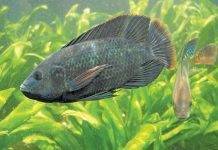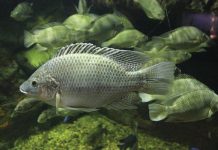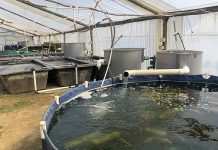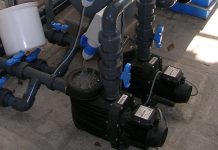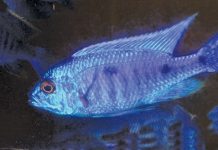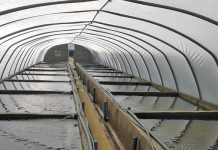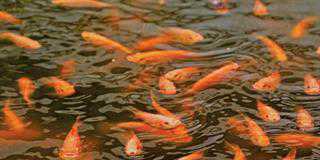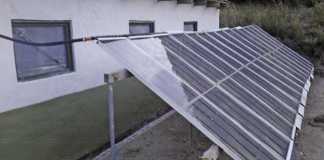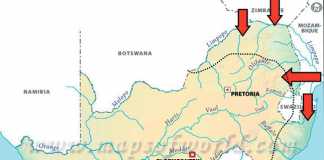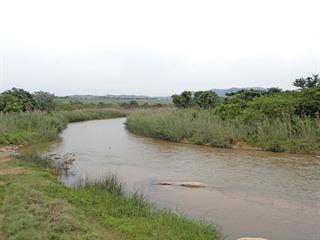
Like agriculture, aquaculture depends on alien species for much of its viability. As forestry is built on European and Australian trees, and livestock farming on certain foreign cattle and sheep breeds, so freshwater fish farming in South Africa depends on American trout and North African tilapia species.
What are the implications for conservation? The countrywide invasion by alien trees used in the timber, tanning, and pulp and paper sectors is an accepted downside of the industry. Here, eucalyptus, pines and wattles form the basis of a worldwide multimillion dollar industry. For aquaculture, it is trout and improved strains of Nile tilapia.
So why is one sector tolerated and the other legislated out of existence in South Africa?
In a word, it’s clout.
Large forestry companies and the construction industry have power and influence, and the fledgling aquaculture industry does not, and is seen as a soft target by government environmental departments.
Where’s the sense?
The fast-growing and highly desirable aquaculture species Oreochromis niloticus (Nile tilapia) was introduced in Zambia over 20 years ago. It has formed the basis of a highly productive food-fish industry, creating jobs and providing food in a region that needed both.
Anglers then moved fish from the Zambezi system to the upper Limpopo catchment. Most tributaries of the Limpopo, including some in the Kruger National Park, now contain Nile tilapia, and there are also records from the Incomati system, as the species is promoted and distributed by the Mozambican government.
A desirable culture species is present in many of South Africa’s northern catchments, yet the provincial departments of environmental affairs will not issue permits to farm it in Limpopo and Mpumalanga. Similarly, the trout industry, centred in Dullstroom, which has been in existence since the 1970s, is now the focus of increasingly negative pressure from the Mpumalanga Tourism and Parks Agency.
If the impact of trout had not already been felt in those 45 years (when government departments were then actively stocking trout), it is unlikely that any conservation threat exists from their continued operation.
South African conservation agencies are notorious for negativity and prohibitive legislation, and it would be gratifying to see a more positive approach. For example, where are the fish sanctuaries that these same agencies have set up to safeguard those threatened fish species? The only sanctuary outside a declared park that I know of provides for the Treur River barb, which is protected above a waterfall in the upper Blyde River.
ideal locations
Since so much is made of the threat of Nile tilapia, where are the sanctuaries for our indigenous O. mossambicus (Mozambique tilapia)? I know of no such sanctuary, yet an entire industry is being held to ransom due to a perceived threat of hybridisation by O. niloticus.
There are many ideal places for sanctuaries, such as farm dams with protected catchments and the coastal rivers of the Wild Coast, where O. mossambicus survives salinities and temperatures that preclude Nile tilapia.
A more positive and less authoritarian approach would go far towards achieving the ends of both conservation and aquaculture.

